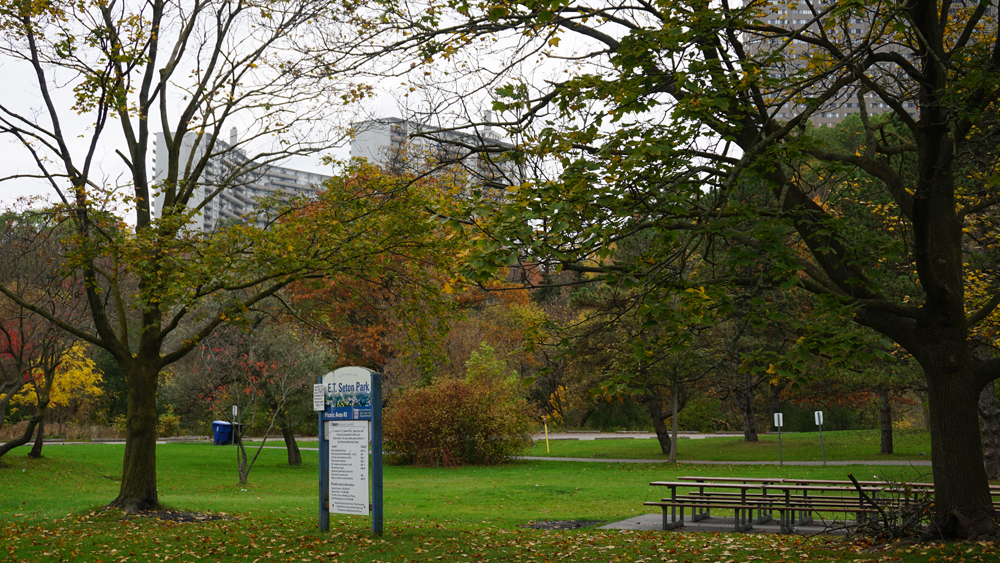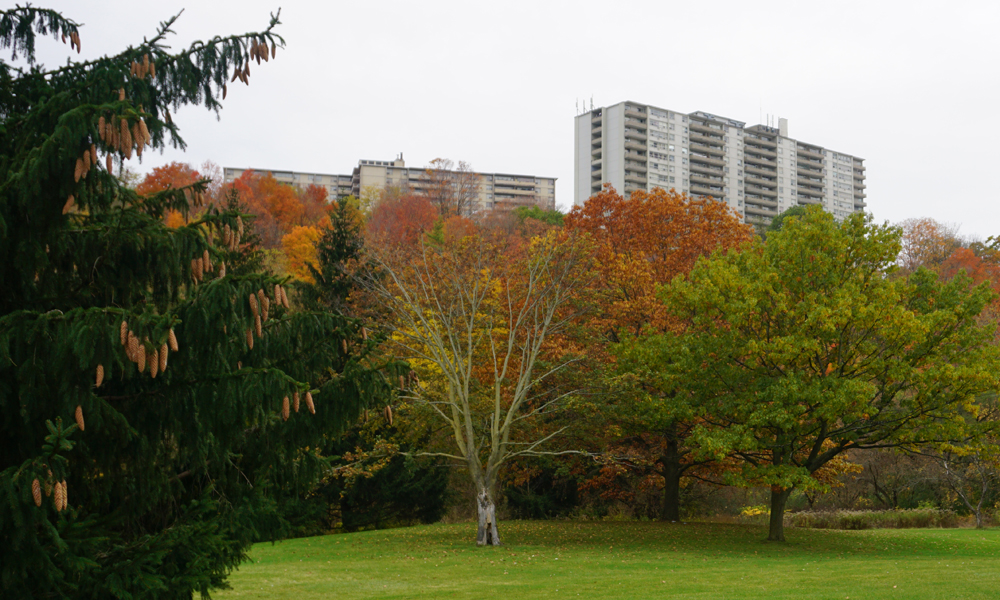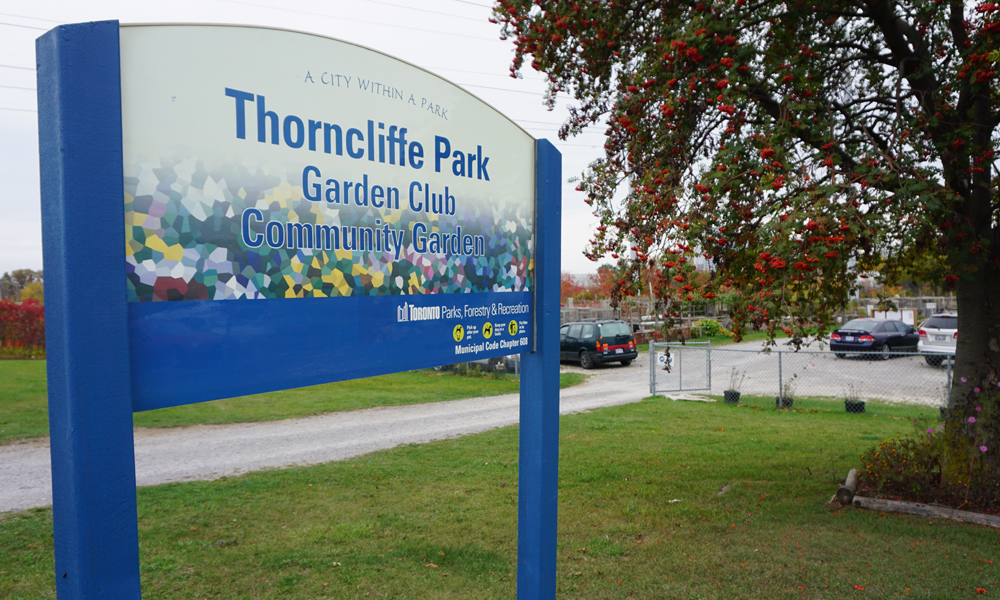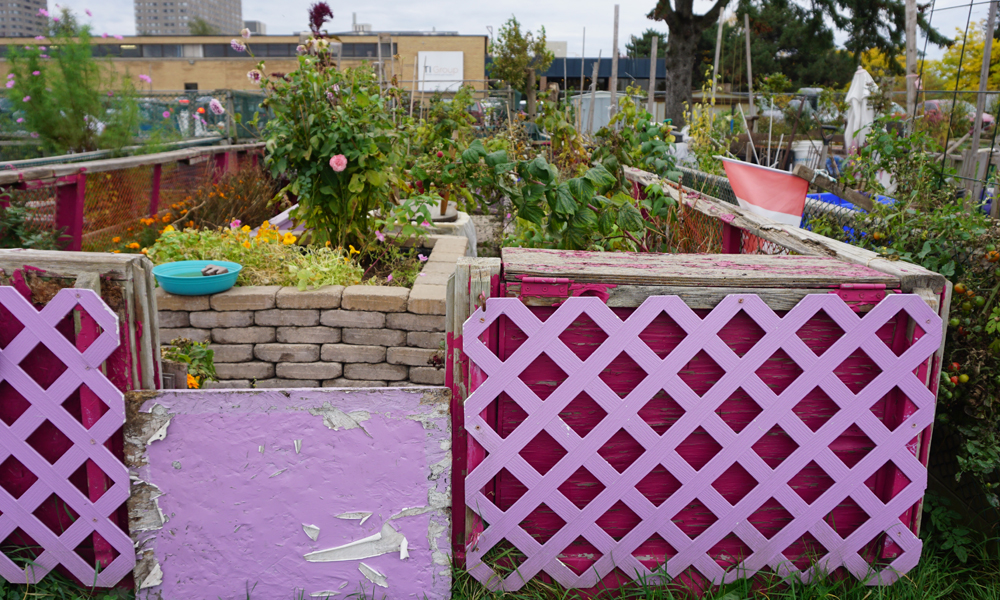Why are Cities Burying the Inevitable?
Uncategorized
I have a weird fascination with death in cities. Simply put, I think cemeteries waste precious real estate on urban
territory and should be reconceptualized as spaces for the celebration of life, rather than mourning of death.
With the North American mindset of ‘grave in perpetuity’, we are stuck in a limbo of constantly burying the dead and writing it up as yet another plot of land to never be touched again. While certain European countries allow for a grave to be released after 15-30 years (after decomposition), our dense, growing cities look for more acreage in suburbs.
That’s a problem.
Think about it. How much foot traffic does your local cemetery get, and how is it currently being used? I’ve visited a handful of my city’s 50+ cemeteries – all green, peaceful areas that experienced little (living) human interaction. With the exception of an occasional dog walker or jogger, cemeteries have become places that scare people away rather than invite them in. While they typically double as city parks, you’ll never really find people throwing frisbees or kids playing among the tombstones. It’s a shame, and understandably so, because while cemeteries carry an immense amount of potential to be wonderful spaces for everyone to appreciate, they are still sacred, respected lands.
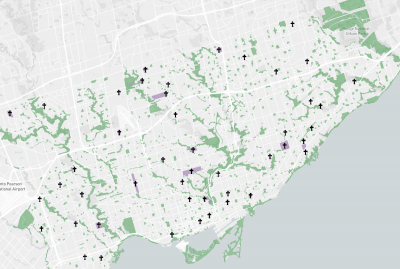 Just look at all these cemeteries in Toronto!
Just look at all these cemeteries in Toronto!
I realize that this is a sensitive subject. Because death isn’t sexy and rethinking the norm of burying our dead in a casket is controversial, politicians won’t even think about bringing innovation into this. Too many constituents to potentially offend. It would probably help to emphasize that I’m not advocating for digging up existing graves – I’m interested in rethinking our options for the future.
This cemetery fascination was kickstarted when I heard about Capsula Mundi – a process of planting bodies as seeds to grow trees. The body is placed in an egg-shaped container and buried, awaiting decomposition and growth of a memorial tree. I can imagine this concept growing to replace stone-laden cemeteries with ‘sacred forests’ to be enjoyed by everyone. Working off of this, why not create dedicated memorial parks? Such spaces technically already exist in Toronto but are either named as such for the name recognition of one person, or privately owned (very well-maintained) cemeteries that have restricted access and discourage play. Dense urban centers are constantly striving for green space, so what’s the harm in building cemetery playgrounds? A park bench in memory of John Doe, a tree in memory of Mary Smith, a slide in memory of Rover. Celebration of Life parks can’t be that crazy of an idea!
What about a virtual experience to supplement a physical cemetery? I’m not talking about an online memorial database (which are plentiful). A while ago, I heard about the use of virtual reality to mark memorials. You walk through the cemetery with your phone, having details of this tree or that bench superimposed onto your screen. By doing this, cemeteries can become interactive while losing the traditional intimidating and deteriorating tombstones.
Then there are the handful of options that come with cremation – columbariums, spreading ashes overseas, pressing ashes into gems. Can you imagine columbariums that can actually be enjoyed by people? A museum of sorts, where locals can discover beautiful artisan vessels that hold ashes. Or a conservatory, where each flower is dedicated to loved member of society.
Unlocking the potential of urban cemeteries will require a major cultural shift in how we view death. I think we’re slowly moving in the right direction for environmental reasons, but not quickly enough. A mix of legislation and forward-thinking urban planning is necessary to change things. It’s time to get creative with the future of urban cemeteries.

